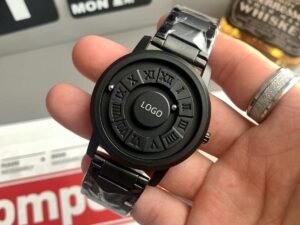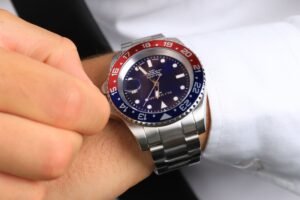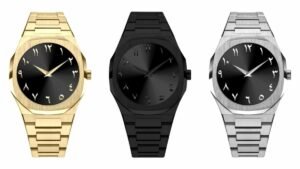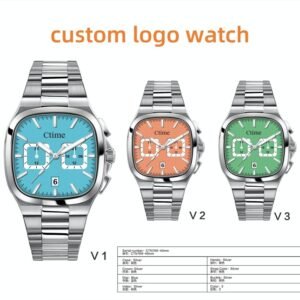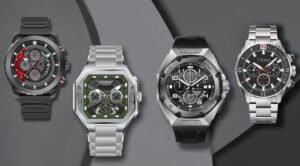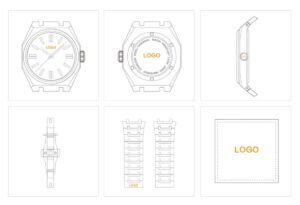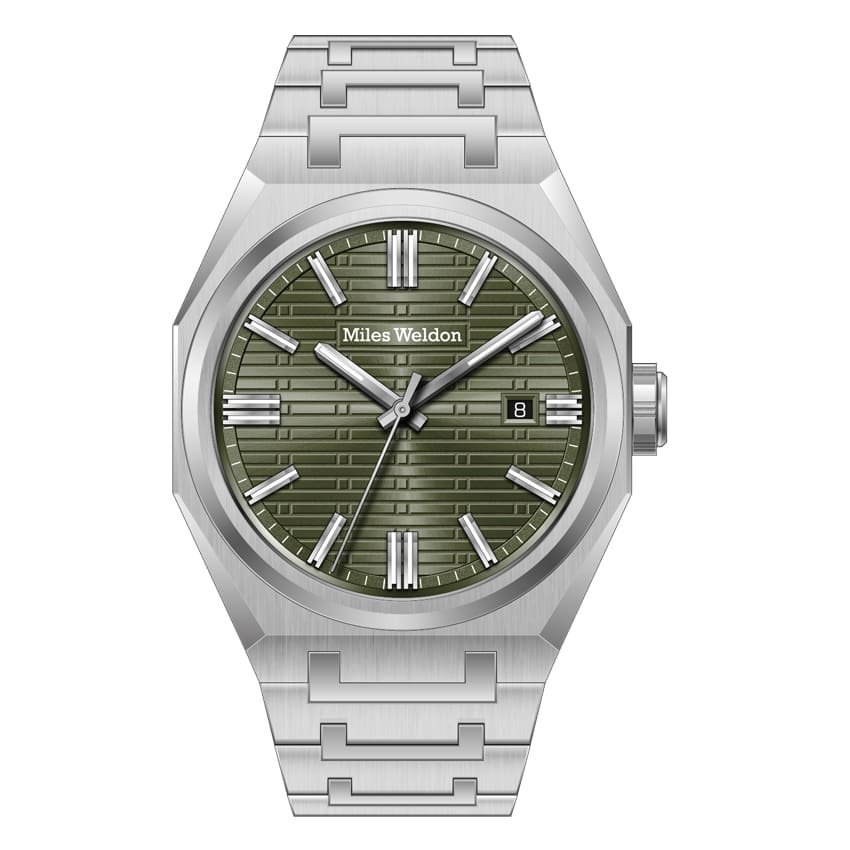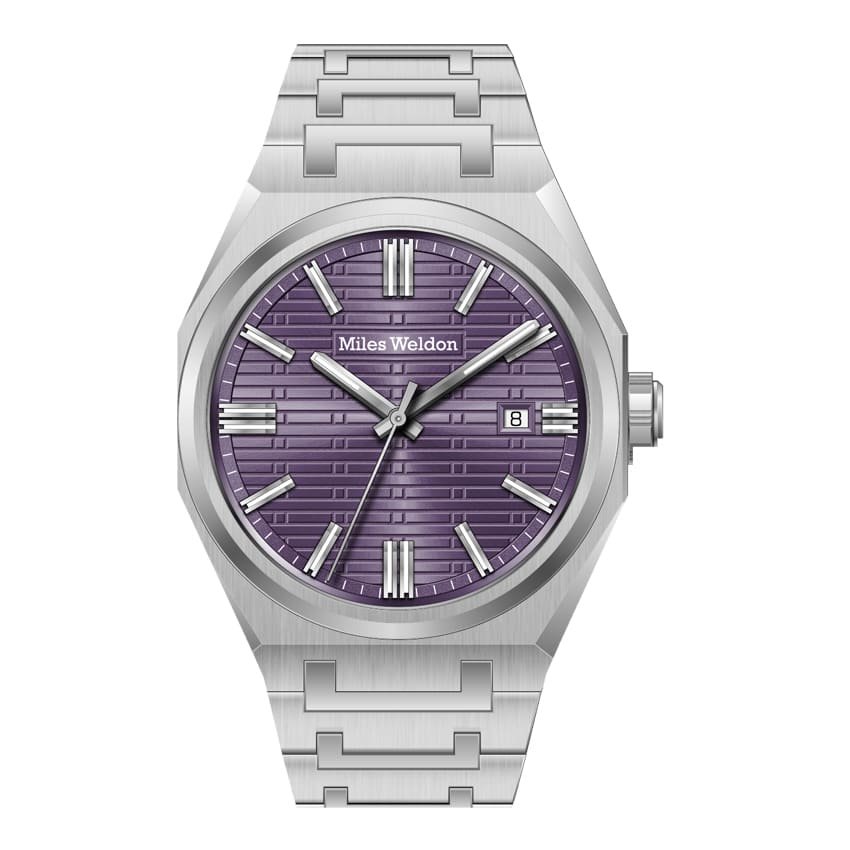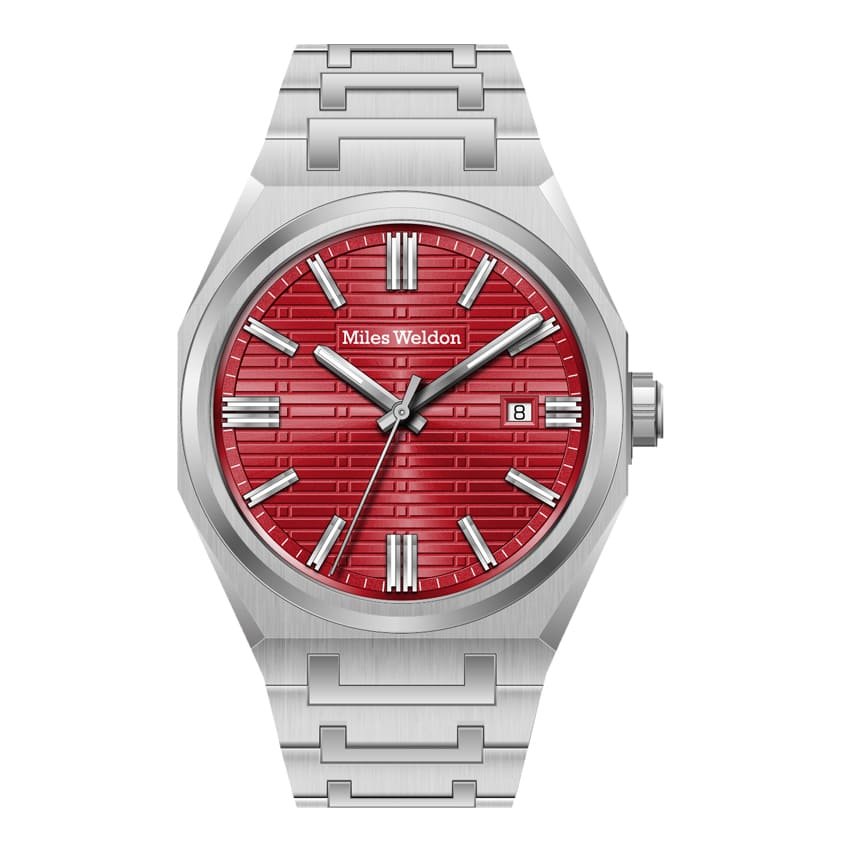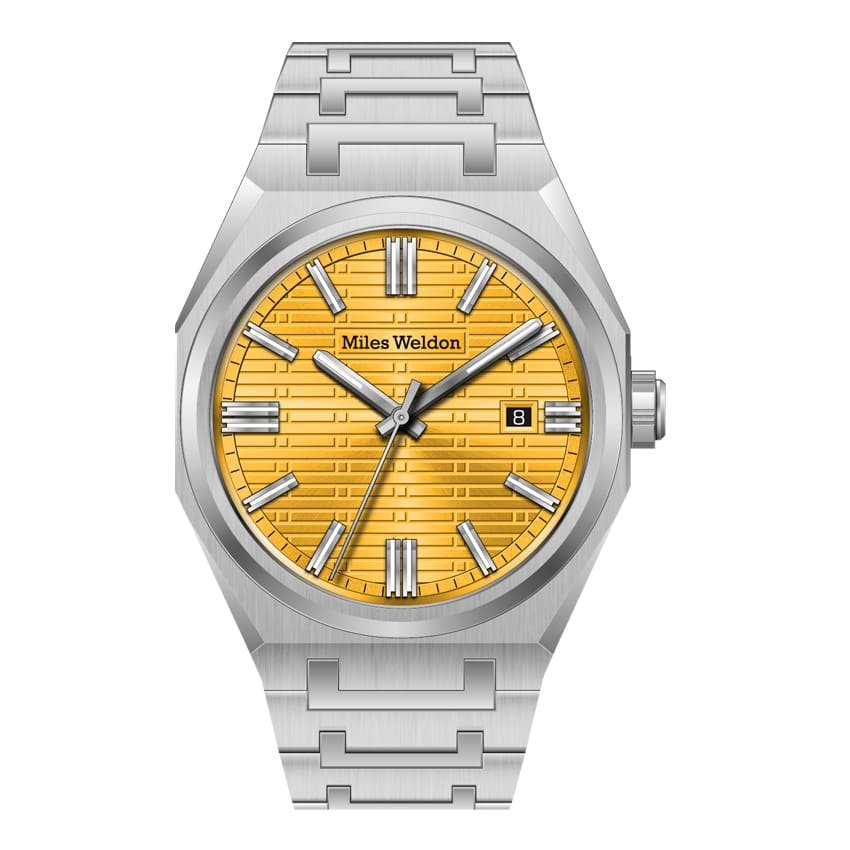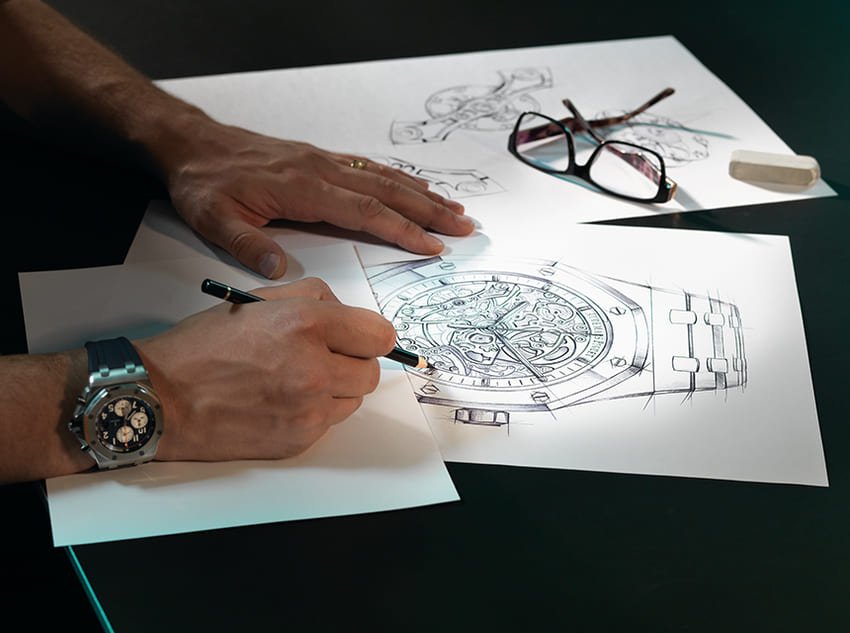
With the rise of online shopping and young people gradually becoming the main consumers of watches, traditional watch brands are increasingly unable to adapt to the personalized needs of young individuals. This also gives more watch enthusiasts the opportunity to create their own good-quality watch brands. There are thousands of existing watch styles, but how to design your own brand watch?
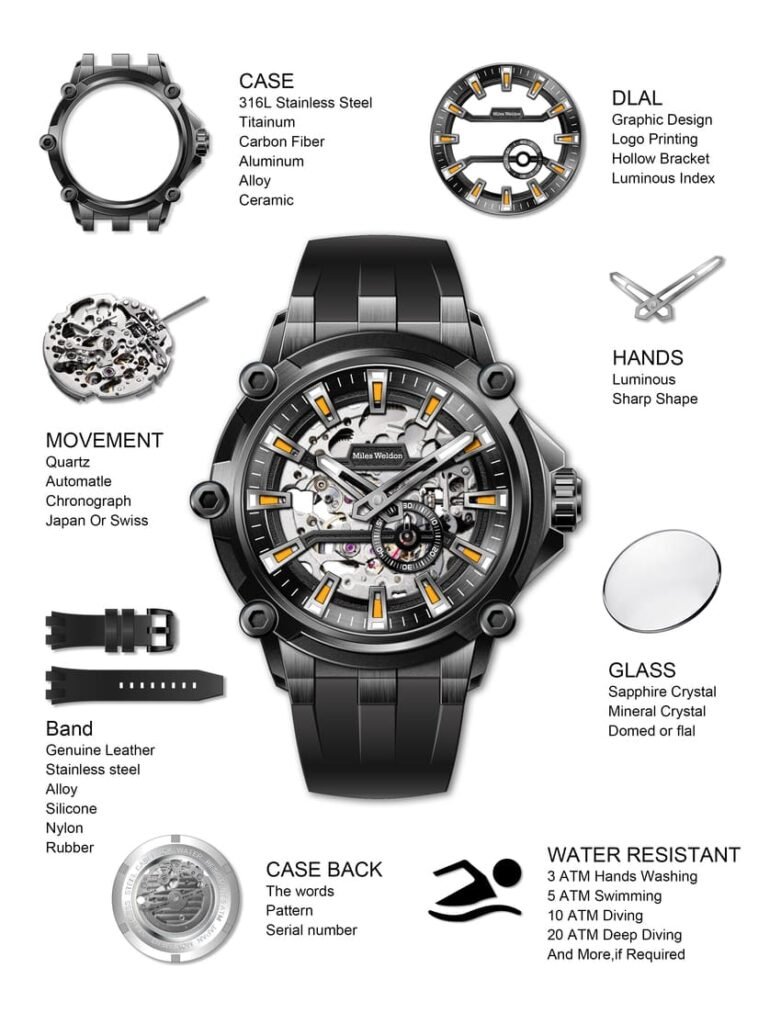
1. Determine the case
Choose a watch case. The watch case is connected to the watch strap. There are mainly the following materials to choose from:
- Stainless Steel: Durable and corrosion-resistant.
- Alloy: Relatively cheap and fast in production efficiency.
- Titanium: Lightweight, corrosion-resistant, and hypoallergenic.
- Gold (Yellow, White, Rose): Elegant and luxurious.
- Platinum: Rare, heavy, and corrosion-resistant.
- Ceramic: Scratch-resistant and lightweight.
- Carbon Fiber: Modern, lightweight, and durable.
- Bronze: Develops a unique patina over time.
2. Determine the strap
Choose the material of the strap. The strap affects the comfort and beauty of the watch. Common materials used for watch straps include:
- Leather (Genuine or Synthetic): Classic and versatile.
- Stainless Steel: Durable and often used in metal bracelets.
- Rubber/Silicone: Sporty, durable, and water-resistant.
- Nylon: Lightweight and popular for casual or sports watches.
- Canvas: Casual and rugged.
- Polyurethane (PU): Synthetic material with leather-like appearance.
- Metal Bracelet (Stainless Steel, Titanium): Elegant and durable.
- Ceramic: Modern, scratch-resistant, and durable.
- Mesh/ Milanese: Stainless steel mesh for a sleek look.
- Exotic Materials (e.g., Alligator, Crocodile): Luxury options for high-end watches.
3. Determine the watch movement
Choose a watch movement based on your needs. Watch movements are categorized into four main types:
- Mechanical Movements Manual (Hand-Wound): Requires daily winding by the wearer.
- Mechanical Movements Automatic (Self-Winding): Winds itself through the motion of the wearer’s wrist.
- Quartz Movements:Battery-powered movements known for accuracy and low maintenance.
- Automatic Quartz (Kinetic):Combines elements of both automatic and quartz movements, generating power from wrist motion and storing it in a rechargeable battery.
| Watch Movement Type | Advantages | Disadvantages |
| Mechanical Movements Manual | 1. Traditional craftsmanship | 1. Requires regular winding (manual) |
| 2. Often preferred for luxury watches | 2. Limited power reserve (manual) | |
| 3. No battery dependence | 3. May need servicing | |
| Mechanical Movements Automatic | 1. Self-winding through wrist motion | 1. May stop if not worn regularly |
| 2. No need for daily winding (automatic) | 2. Similar servicing needs as manual | |
| 3. Traditional appeal | ||
| Quartz Movements: | 1. High accuracy | 1. Lack of traditional craftsmanship appeal |
| 2. Low maintenance | 2. Battery replacement required | |
| 3. Affordable | 3. Limited power reserve | |
| Automatic Quartz | 1. Combines accuracy with self-charging | 1. Requires occasional battery replacement |
| (Kinetic) | 2. No daily winding needed | 2. Complexity may lead to higher maintenance |
| 3. Long power reserve | 3. Costlier than basic quartz watches |
Comparison table of disadvantages of watch movements
4. Determine the watch dial
Select a watch face. Wristwatch dials come in various styles and designs, catering to different tastes and preferences. Here are some common dial classifications:
- Analog Dial: Displays time using traditional hour and minute hands.
- Digital Dial: Displays time using numerical digits, often in an LCD or LED format.
- Chronograph Dial: Features additional sub-dials to measure elapsed time, often used in sports watches.
- GMT Dial: Includes an additional hand to display a second time zone, useful for travelers.
- Skeleton Dial: Reveals the inner workings of the movement, offering a transparent view.
- Moon Phase Dial: Displays the phases of the moon and is often seen in dress watches.
- Tachymeter Dial: Includes a scale to measure speed or distance based on travel time.
- Guilloché Dial: Showcases intricate geometric patterns achieved through engraving.
- Diver’s Dial: Designed for underwater use, often featuring luminescent markers for visibility.
- Day-Date Dial: Displays both the day of the week and the date.
These dial types cater to various functionalities, aesthetics, and occasions, allowing for a diverse range of watch designs.
5. Determine the watch hands
Select the hands of the watch. The hands are available in proprietary catalogues, and can of course be customized upon request. The hands are made of polished steel, silver or gold. If desired, the hands can be coated with special paint to make them glow in the dark.
6. Determine the watch crown
Select the crown of your watch. The watch crown is used to adjust the date and time and wind the watch. It is made of steel, titanium, ceramic or gold, and can be either ordinary or screw-in.
- Push-Pull Crown: Standard crown design that is pulled out to set the time and date and pushed in for normal operation.
- Screw-Down Crown: Enhances water resistance by screwing tightly into the case, common in diving watches.
- Screw-In Pushers: Found in some chronograph watches, combining pushers with a screw-down mechanism for added water resistance.
- Onion Crown: Rounded and bulbous in shape, adding a vintage or classic aesthetic.
- Flat Crown: Streamlined and flat in design, often found in modern and minimalist watches.
- Fluted Crown: Features grooves or ridges on the outer surface for added grip and visual appeal.
- Signed Crown: Imprinted with the brand’s logo or emblem, enhancing the watch’s branding.
- Hidden/Concealed Crown: Designed to be discreet, often recessed into the case for a sleek appearance.
- Non-Screw Down Crowns: Common in dress watches, lacking a screw-down mechanism for simplicity.
- Double or Twin Crown: Found in some dual-time or GMT watches, allowing for the adjustment of two separate time zones.
The choice of crown type is influenced by the watch’s purpose.

